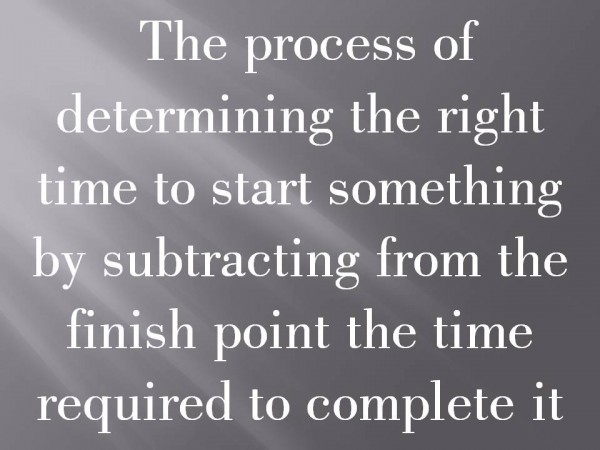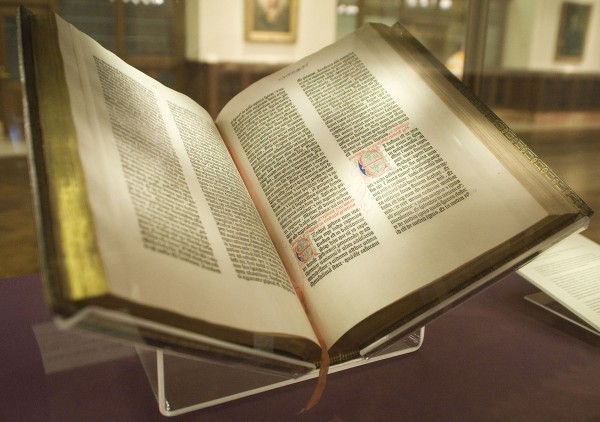Jesus had a plan…and he executed it right on time.
As the time approached for him to be taken up to heaven, Jesus resolutely set out for Jerusalem. Luke 9:51 (NIV)
Short of the divine knowledge Jesus possessed, few of us would be able to deliver exactly on time with as far to travel and as many things to do. Along the way he taught parables, eased Martha to the better choice, confronted demons, expressed woes to the pharisees, healed people, dined with his disciples, and prayed all night before being arrested…right on time.
Granted, the things we do day-to-day don’t have eternal consequences for all of humanity, but why do we seem to always miss deadlines, cram all night to study or finish a project, or flat out miss deadlines? We’ve lost the art of backward planning.
 Backward planning is the process of determining the right time to start something by subtracting from the finish point the time required to complete it .
Backward planning is the process of determining the right time to start something by subtracting from the finish point the time required to complete it .
Here’s a simple example: It takes 2 hours to drive to your mothers and you need to be there by 7:00pm. Subtract 2 hours from 7pm and you need to leave at five. WAIT, WAIT…don’t stop reading, it gets better.
What we fail to do is apply this simple concept to more complex projects like the yearly report, your masters degree thesis, or even family panning. Here’s some simple steps to backward plan your next project.
- Determine the finish point
- List all tasks that must be done in order
- Estimate the length of each task
- Subtract each length from the finish point
(more…)


